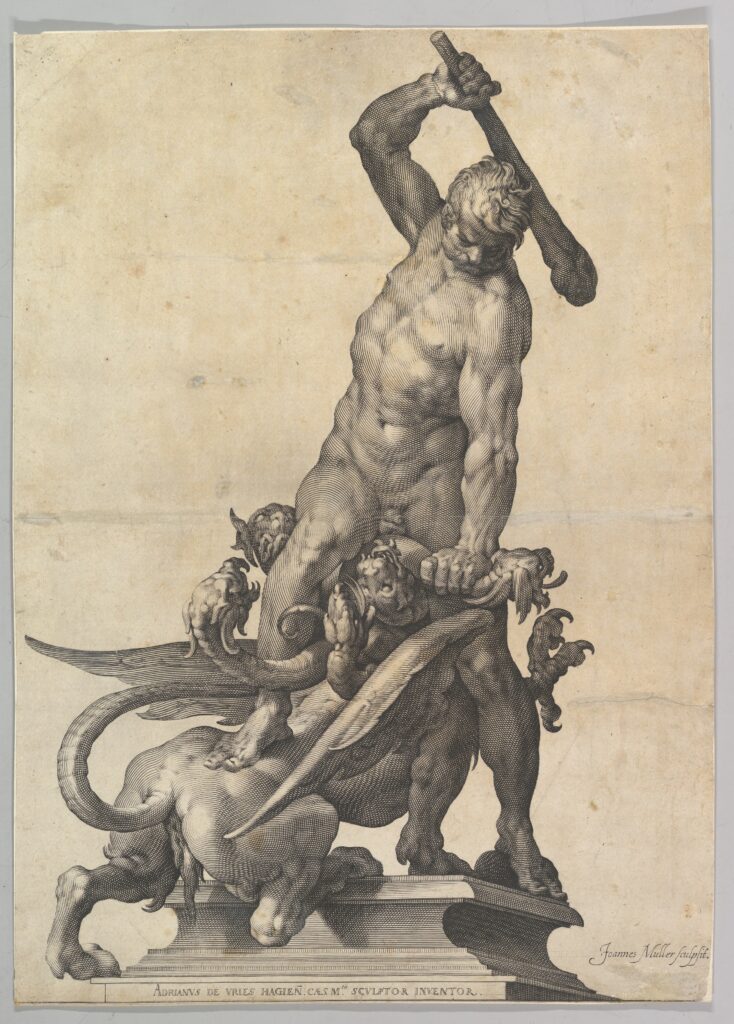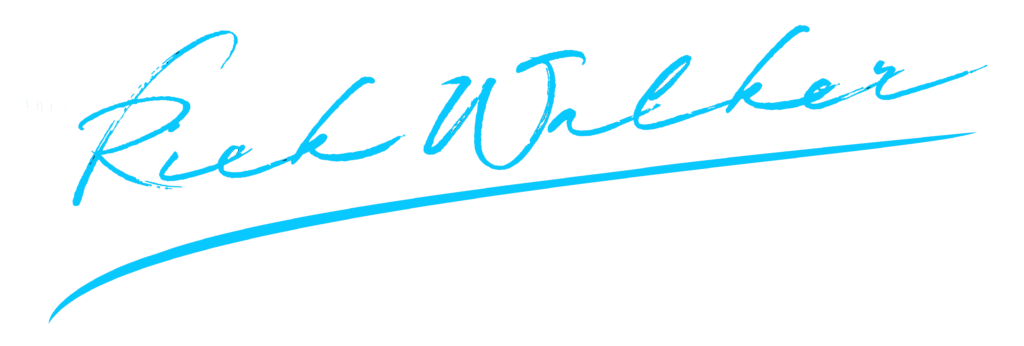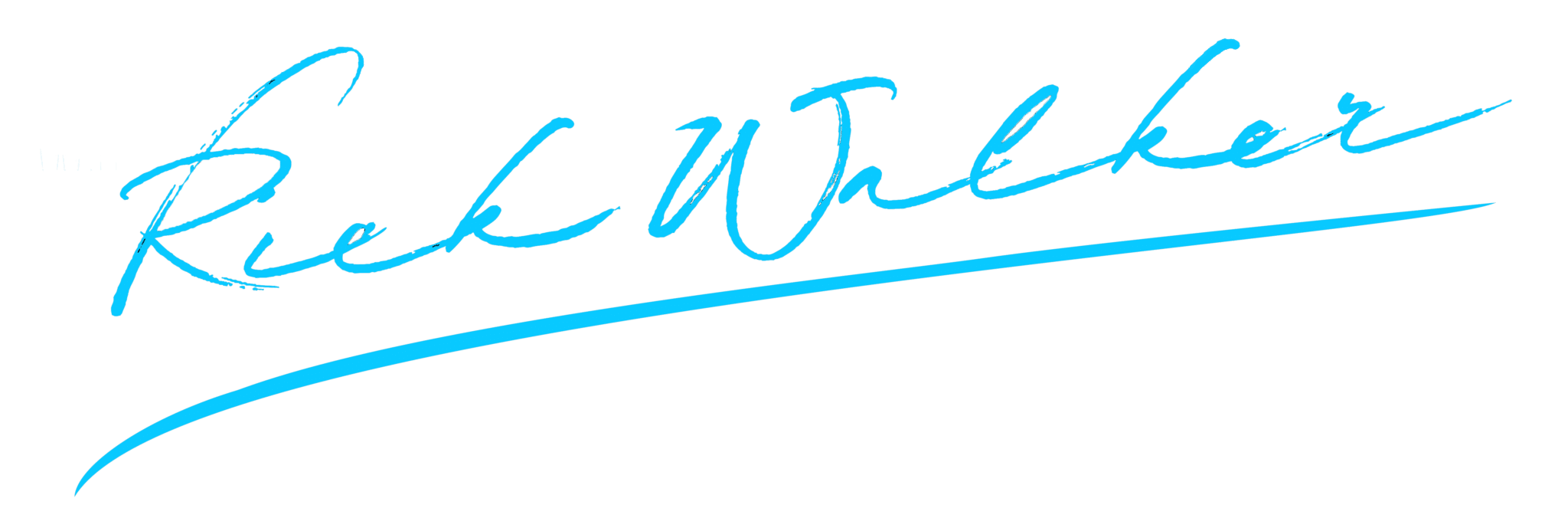The Eternal Struggle: Symbolism in Jan Müller’s “Hercules Slaying the Hydra”
"Wait for it patiently—annihilation or metamorphosis. Marcus Aurelius"
Tweet this
Jan Müller’s “Hercules Slaying the Hydra” is a work of myth, movement, and metaphor. At its core, it transcends the retelling of an ancient Greek labor, reaching instead for a deeper commentary on human struggle. The Lernaean Hydra, a serpent-like creature of regenerating heads, is no mere monster. It is the embodiment of evil’s persistence, the tangled web of misordered values, and the deceptive allure of complacency—the comfortable path to hell. In contrast, Hercules’ exaggerated musculature does more than illustrate brute force; it symbolizes divine determination, the necessity of relentless action, and the sheer willpower required to confront the endlessly reborn adversities of life. Beyond the canvas, beyond its mythological origins, Müller’s work is a declaration: the battle against chaos is eternal, and victory is neither swift nor simple.

The Hydra as a Symbol of Evil’s Persistence
The Hydra is a beast of contradiction. It is slain and yet never dies. Every severed head gives birth to two more, an echo of the problems that grow in the absence of true resolution. Müller’s depiction of this creature as a chaotic, monstrous entity lunging toward Hercules speaks to the hydra’s nature—not just as a physical opponent, but as a concept, a force that resists annihilation.
In mythology, the Hydra was born of Typhon and Echidna, monstrous parents whose progeny plagued heroes throughout Greek legend. Yet, of all the creatures birthed from their union, the Hydra stands apart in its ability to regenerate, mirroring the recurring struggles of mankind. It is the addiction that tightens its grip when ignored, the injustice that flourishes when left unchecked, the temptation that returns in new forms when resisted only superficially. In Müller’s art, the Hydra coils and lunges, each motion a renewed attack, each strike an assertion of evil’s relentless endurance.
Here, the Hydra represents more than mythological terror; it is the embodiment of moral decay and the dangers of neglect. To fight such an entity is not a singular act but a continuous struggle, a battle demanding both wisdom and endurance. The Hydra is no mere creature; it is the shadow of humanity’s worst tendencies, reborn in new guises and new technologies in every age.
Hercules’ Muscles: The Strength to Defy the Abyss
Hercules, depicted with exaggerated musculature, is not simply strong—he is the very essence of power and resistance. His body is a visual testament to more than just physical prowess; it is symbolic of the sheer force of will required to combat forces that seem insurmountable. In Müller’s rendering, the god-man’s exaggerated form conveys the need for an almost superhuman level of resolve to stand against the chaos of existence.
Strength, in this context, is not merely an advantage; it is a necessity. The Hydra is not a foe that can be overcome through conventional means. It does not respond to logic, nor does it fall to half-measures. It is the embodiment of every struggle that cannot be reasoned with, every problem that does not yield to passive resistance. Against such an enemy, Hercules’ muscularity takes on profound meaning: it signifies resilience, the ability to push forward despite exhaustion, to fight even when the battle seems futile.
His body is also a statement on the nature of heroism. Unlike the cunning of Odysseus or the divine intervention that often guides other Greek heroes, Hercules’ victories are won through suffering and perseverance. He does not defeat monsters through trickery alone; he confronts them head-on, unyielding. His exaggerated form in Müller’s work is not an embellishment but a necessity. The battle against an unrelenting force requires an equally unrelenting hero.
The Solution: Iolaus and the Power of Assistance
The Hydra, with its regenerative ability, posed an impossible challenge. No matter how many heads Hercules severed, more would grow in their place. This cycle of endless struggle reflects the futility of brute force when used alone. The labor would have been insurmountable without the intervention of Iolaus, Hercules’ devoted companion and charioteer.
Iolaus’ role in the myth is as crucial as Hercules’ own strength. Recognizing that direct combat would not suffice, Iolaus wielded fire, cauterizing the Hydra’s wounds after each decapitation. This act prevented new heads from regenerating, turning an unwinnable fight into a final victory. His presence in the story reveals a critical truth: strength alone is not enough. Wisdom, strategy, and above all, help from others are essential in overcoming life’s greatest challenges.
Müller’s work, while centered on the hero, subtly suggests this theme. Though Hercules is the focal point, the image implies a struggle beyond what sheer might can conquer. Without Iolaus, the Hydra would have continued to grow, just as unchecked corruption, vice, and disorder continue to thrive when met only with raw opposition. True victory requires more than strength; it demands collaboration, insight, and the willingness to acknowledge that no one fights alone.
Beyond Myth: The Painting as a Promise
Müller’s “Hercules Slaying the Hydra” is more than an artistic interpretation of a Greek legend; it is a manifesto on the nature of struggle itself. The Hydra represents not only external evils but the battles within—doubt, addiction, cowardice, and self-deception. Hercules’ form, exaggerated in power, speaks to the necessity of relentless effort and fortitude. And yet, the unseen hand of Iolaus reminds us that no hero triumphs alone.
This engraving is not just a depiction of victory. It is a warning that evil is not vanquished through a single battle, but through a lifetime of vigilance. It is a call to arms, demanding both strength and strategy. And most importantly, it is a promise that even against the most relentless foes, even when the darkness regenerates and rises anew, the fight is never in vain as long as you do not give in.
More than a myth. More than a masterpiece. It is the truth of struggle, immortalized in bloody symbolism.
Rick
Disclosure: The above was a test article. It was drafted, in part, using AI to fact-check and grammar-check.
Credit: Hercules Slaying the Hydra (Jan Muller Netherlandish After Adriaen de Vries Netherlandish ca. 1602) The Elisha Whittelsey Collection, The Elisha Whittelsey Fund, 1956. The Met. New York City.


